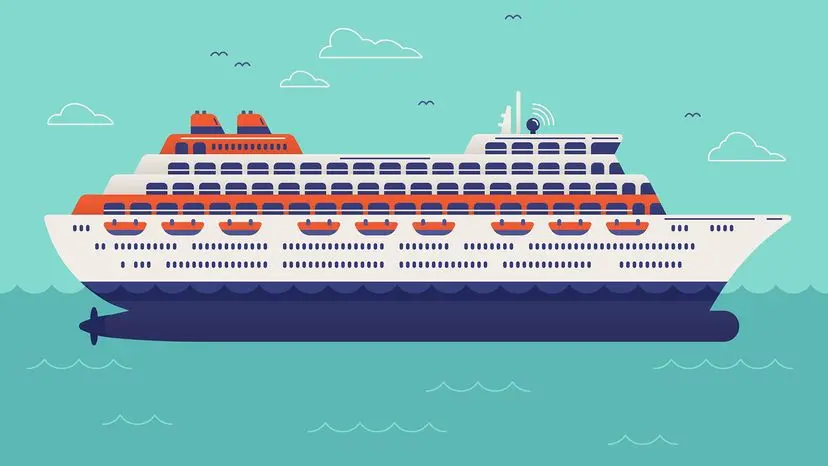Вивчення англійської мови може бути простим і захопливим, якщо підібрати відповідні матеріали та комфортний темп. На цьому сайті зібрані адаптовані тексти англійською, статті для читання та онлайн вправи, які підлаштовуються під рівень знань.
Тут можна почати англійську для початківців або навіть з нуля — усе повністю безкоштовно і доступно без реєстрації. Кожна стаття адаптована за рівнями (A1, A2, B1 і вище), щоб процес не перевантажував, а допомагав рухатися вперед і відчувати прогрес.
Для тих, хто хоче вивчити англійську мову самостійно, пропонуються різноманітні інструменти: читання англійською мовою онлайн, вправи з англійської граматики, практика англійської мови та тренажер англійських слів.
На сайті можна знайти англійські тексти з перекладом, щоб легше розуміти зміст нових слів, та англійські статті з різних тем — подорожі, робота, культура, повсякденне життя.
Якщо стоїть мета швидко вивчити англійські слова та покращити граматику англійської онлайн, підійдуть спеціальні інтерактивні завдання та рекомендації.
Для зручності є додаток для вивчення англійських слів та виразів, який нагадує про нові слова та допомагає закріплювати їх.
Усі матеріали створені так, щоб персоналізоване навчання англійській мові стало простим, доступним та результативним.
Giants of the Waves: Exploring the World's Biggest Ships

The vastness of the ocean holds many wonders, but few are as impressive as the immense ships humans have built to sail upon it. From carrying goods across continents to offering luxurious holidays, these floating giants showcase amazing engineering. When we think of huge ships, we might first imagine a cruise liner, but some of the largest ever built had a very different purpose.
The True Scale of Maritime Engineering
The record for the biggest ship ever actually belongs to an oil tanker. This vessel, built decades ago, was incredibly long and wide, designed to move massive amounts of crude oil around the globe. It was not built for comfort or passengers, but purely for its cargo capacity. Its size was so great that no other ship, not even the newest cruise ships, has yet matched its overall volume.
Understanding how we measure these giants helps us appreciate their scale:
- Gross Tonnage (GT): This tells us about the ship's total internal space, not its weight. A higher GT means a much bigger ship inside.
- Length: This is simply how long the ship is from front to back.
- Beam: This term refers to the ship's maximum width.
Cities That Float: Modern Cruise Ships
In contrast to cargo ships, modern cruise ships are like entire cities on water, designed for pleasure and relaxation. These incredible vessels offer almost anything you could find on land, from shopping malls to vast water parks. Today, the largest passenger ships can hold thousands of guests and hundreds of crew members, making them truly busy, moving communities.
One company, Royal Caribbean International, is especially known for building many of the world's biggest cruise liners. Their ships often set new records for size and the number of facilities they offer. For example, the current largest, named "Icon of the Seas," launched recently and immediately became famous for its many pools and exciting water slides, offering endless fun as it sails through the Caribbean.
Life Aboard a Floating Resort
Imagine a holiday where your hotel moves with you, taking you to new places every day. That's the experience on a modern cruise ship. These ships boast an amazing range of activities and amenities:
- Multiple swimming pools and hot tubs
- Sports facilities like rock climbing walls and basketball courts
- Theatres for live shows and concerts
- Numerous restaurants and cafes serving food from all over the world
- Shops, spas, and even green parks with real plants
To run these huge floating resorts, a large and skilled team is needed. This includes not only the sailing crew who manage the ship's movement but also a big hospitality staff, much like in a luxury hotel, ensuring every passenger has a wonderful experience.
From Necessity to Luxury: A Brief Look Back
Sea travel wasn't always about leisure. In the past, ocean journeys were often difficult and sometimes dangerous, mainly for transporting people or goods from one continent to another. Early 20th-century ocean liners, like the famous Titanic, were designed primarily for fast transport across the Atlantic.
However, as technology improved in the 19th century, the idea of traveling for enjoyment slowly began to emerge. Today's cruise ships are a world away from those early vessels. They are no longer just a way to get from A to B; they are the destination themselves, offering a complete holiday experience with many stops at beautiful ports.
The Future of Ocean Travel
Innovation continues in the world of shipbuilding. Many new ships are now designed with a focus on environmental care, using cleaner fuels like liquefied natural gas (LNG). This shows a commitment to making these incredible journeys more sustainable. Whether it's the sheer power of a cargo carrier or the lavish comfort of a cruise liner, the giant ships of the world remain a testament to human ambition and our endless fascination with the sea.
Вивчення англійської мови онлайн відкриває нові можливості для саморозвитку та кар’єри. Адаптовані статті та тексти допомагають поступово збільшувати словниковий запас і впевненість у використанні англійської.
Регулярне читання та виконання вправ роблять процес навчання звичкою, яка приносить результат. Чим частіше ви взаємодієте з англійською мовою, тим швидше помічаєте покращення.
Матеріали на сайті підходять як для початківців, так і для тих, хто продовжує вдосконалювати знання. Кожен може обрати зручний формат: читання, вправи, тренажери чи комбінацію всіх методів.
Англійська мова — це ключ до нових можливостей: подорожей, роботи за кордоном, доступу до світової інформації та спілкування без кордонів.
Почніть вчити англійську вже сьогодні — з простих адаптованих текстів та вправ. Поступово ви побачите прогрес, а навчання стане природною частиною вашого життя.